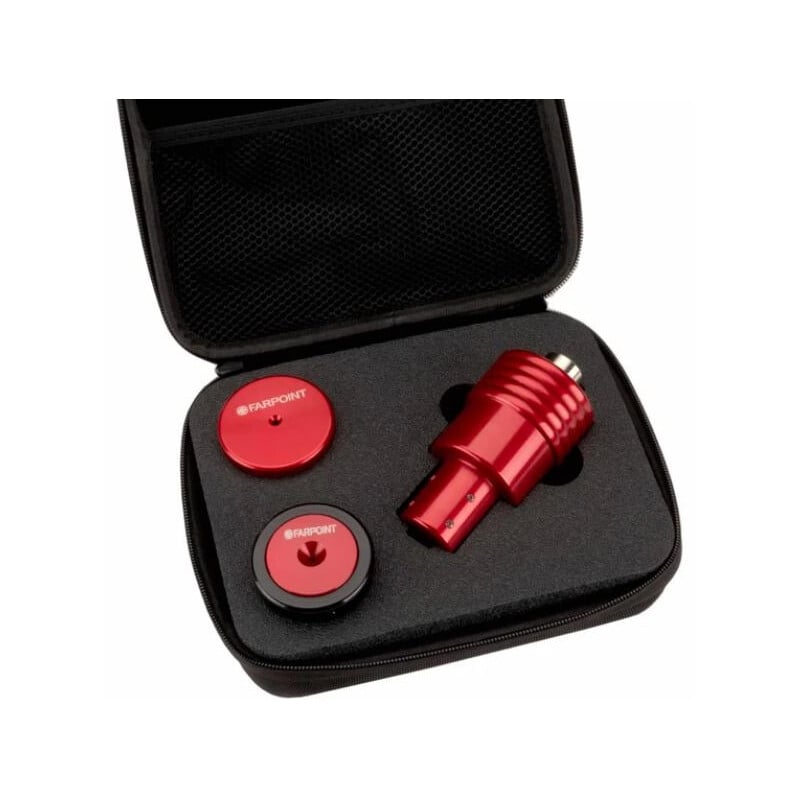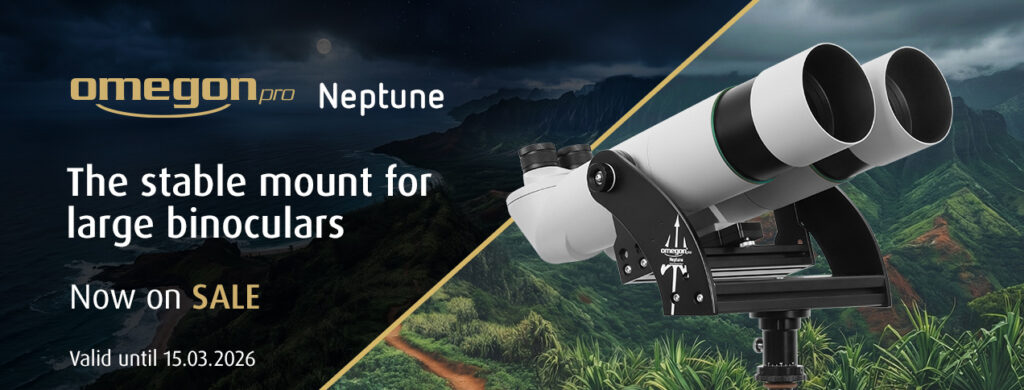Just as a car needs regular maintenance to work perfectly, a Newtonian telescope must be precisely adjusted from time to time in order to achieve the best possible optical performance and image quality. This is done by adjusting the mirrors so that the incident light, reflected by the primary and secondary mirrors, converges at a central point from which it is then directed into the focuser. In astronomy, the process of exact adjustment is called collimation. For correct collimation, the secondary mirror must be aligned with the focuser – lengthwise and centred. In addition, the secondary mirror must be aligned precisely with the centre of the primary mirror. Finally, the primary mirror should then be perfectly aligned with the axis now created by the focuser and secondary mirror.
To facilitate this process, there are various tools available to ensure the telescope’s collimation is as accurate as possible. Laser collimators in particular are very popular, as the laser beam can be used to precisely simulate the incident light in the telescope tube and align the two mirrors so that the laser beam is centred and directed into the focuser. Due to the red colour of the laser beam, the whole exercise becomes visually easy and ensures that even beginners can manage a fast, simple and effective collimation.

Collimation set from Farpoint
There are of course high-end devices among the range of collimator lasers, such as those from the American manufacturer Farpoint. This company produces and sells several collimator sets with 1.25″ and 2″ collimator lasers, with either 635nm or 650nm wavelength, as well as a robust padded case, in which the collimator can be stored and transported nicely protected from dust, moisture and other influences.
In our shop you will find the various high-tech lasers from Farpoint to suit your individual needs. Just take a look and perfect the performance of your Newtonian telescope!


